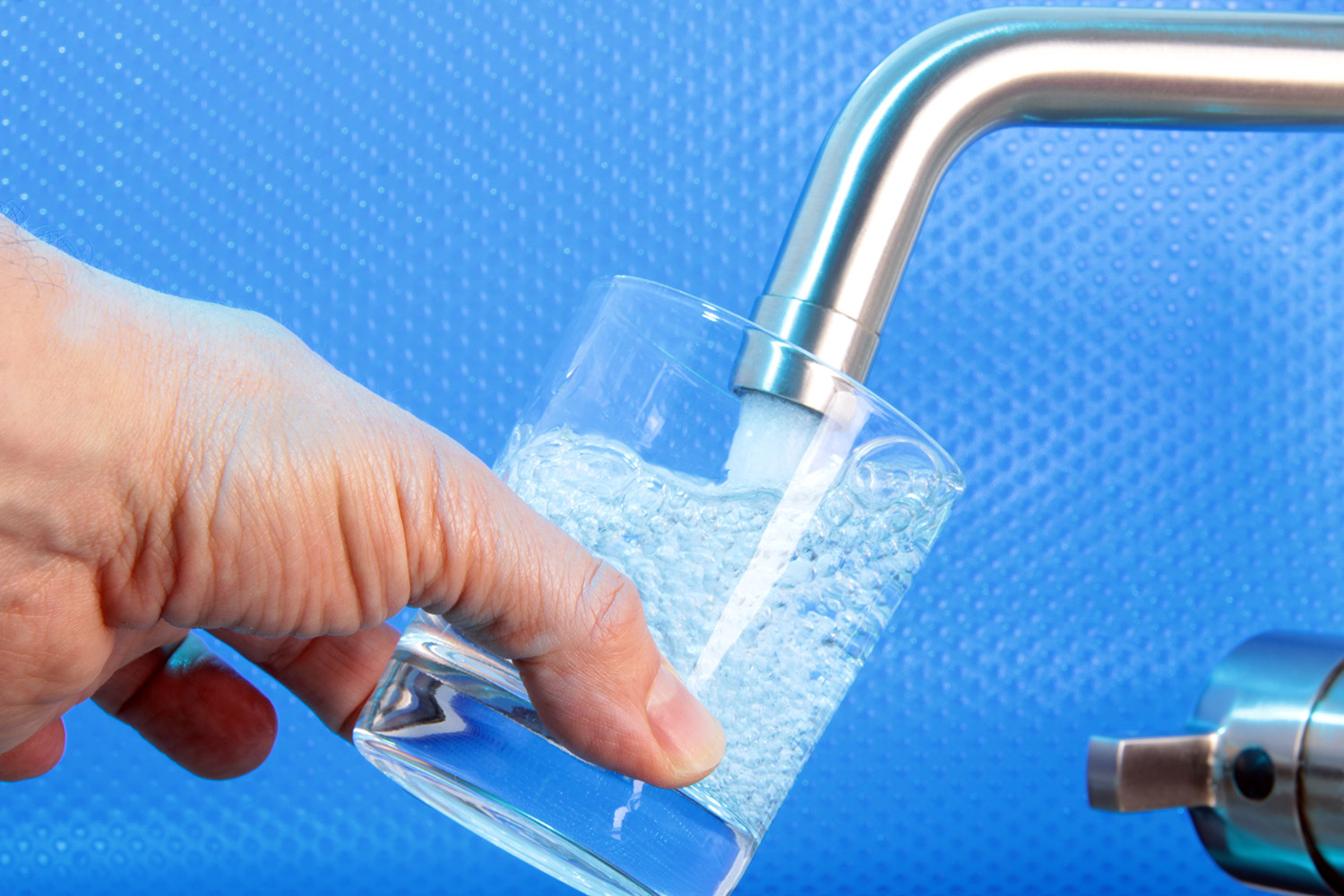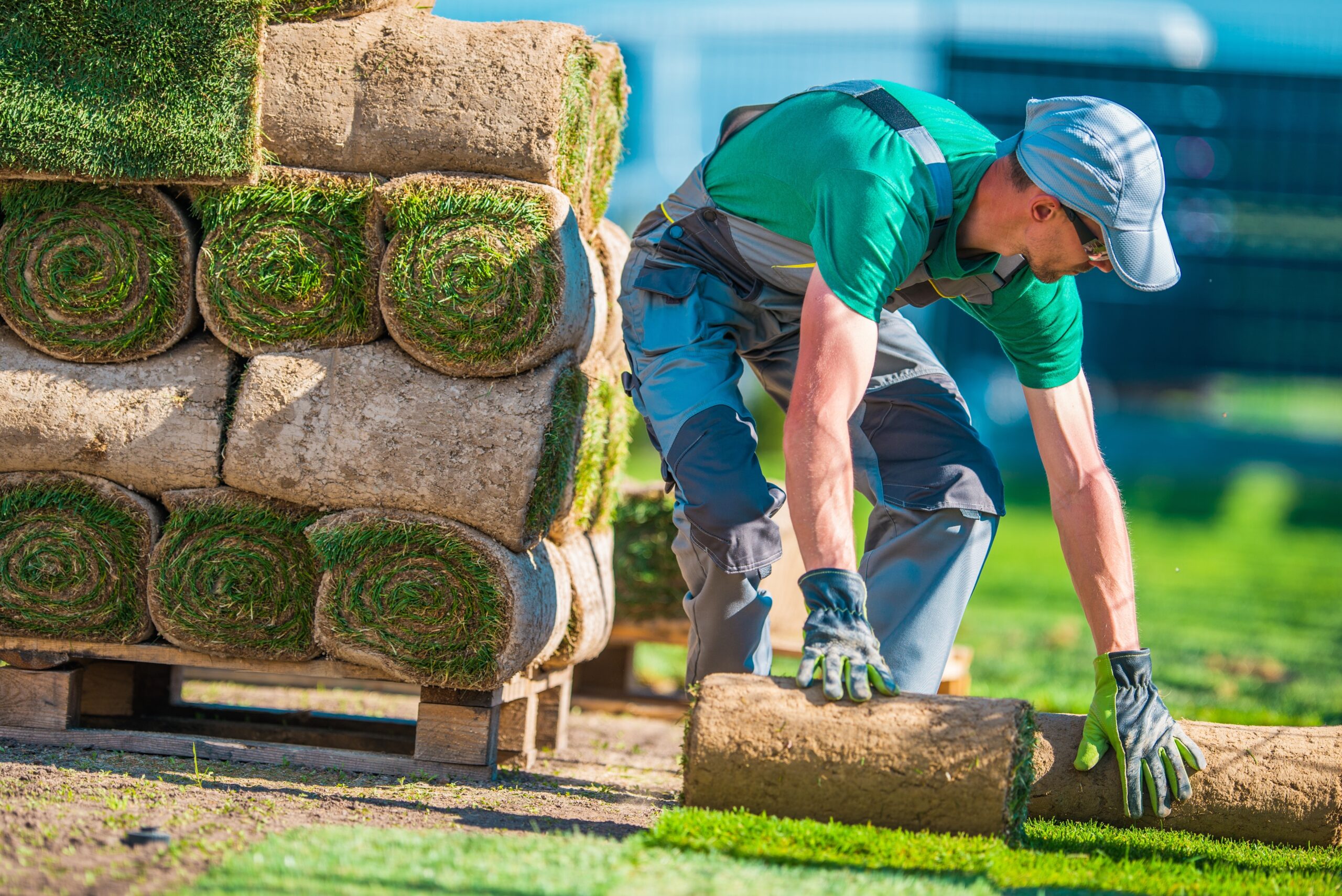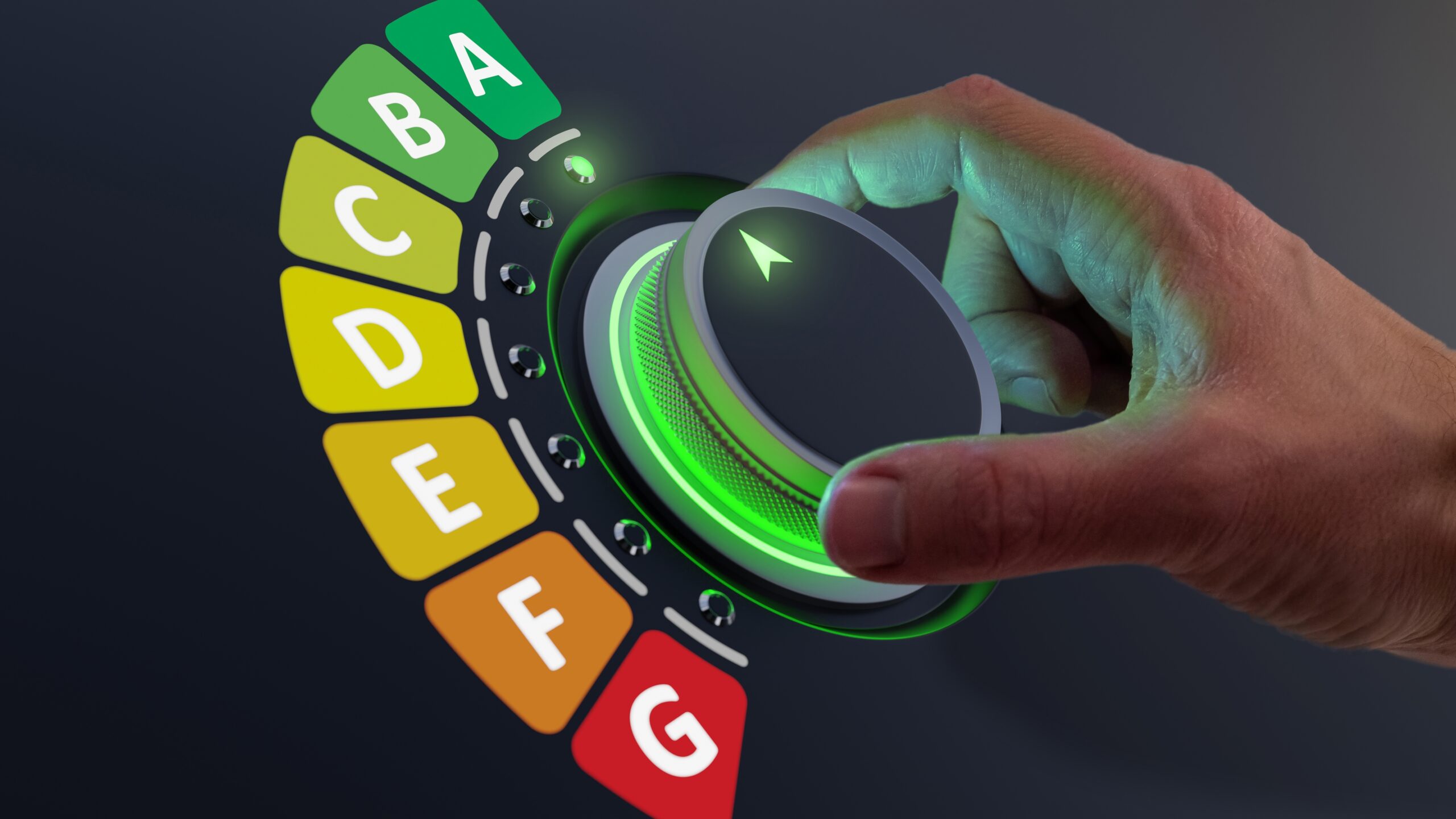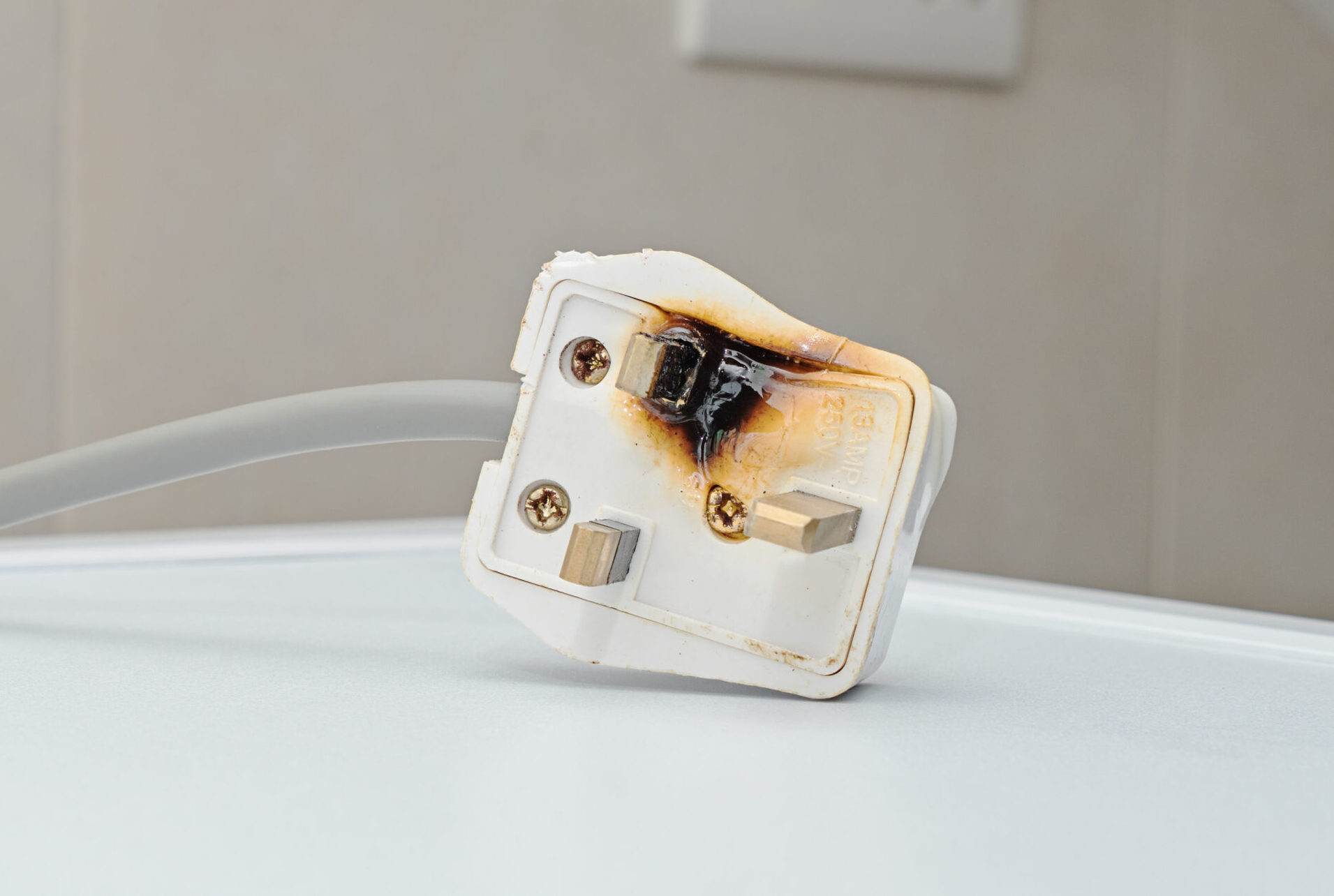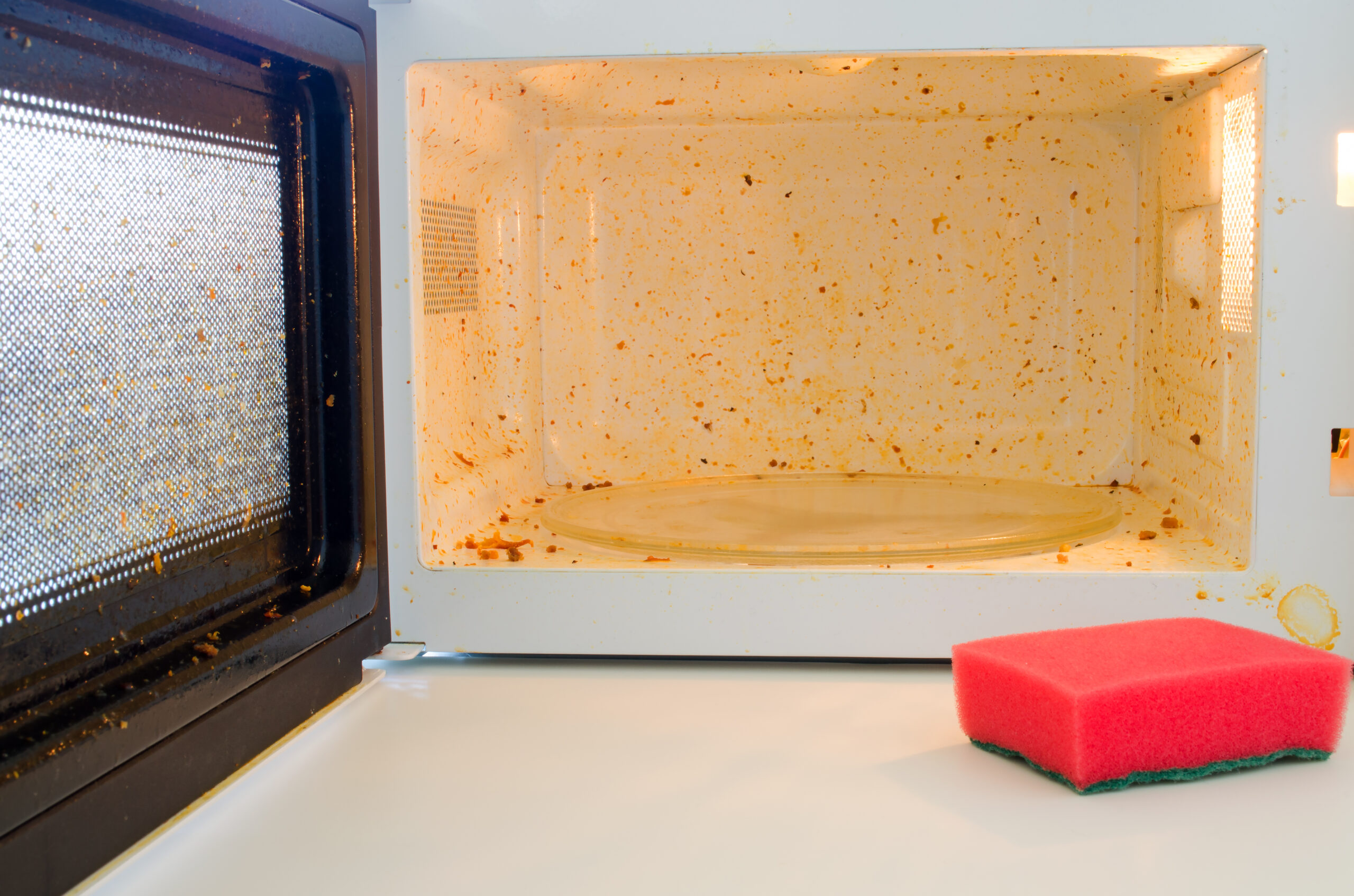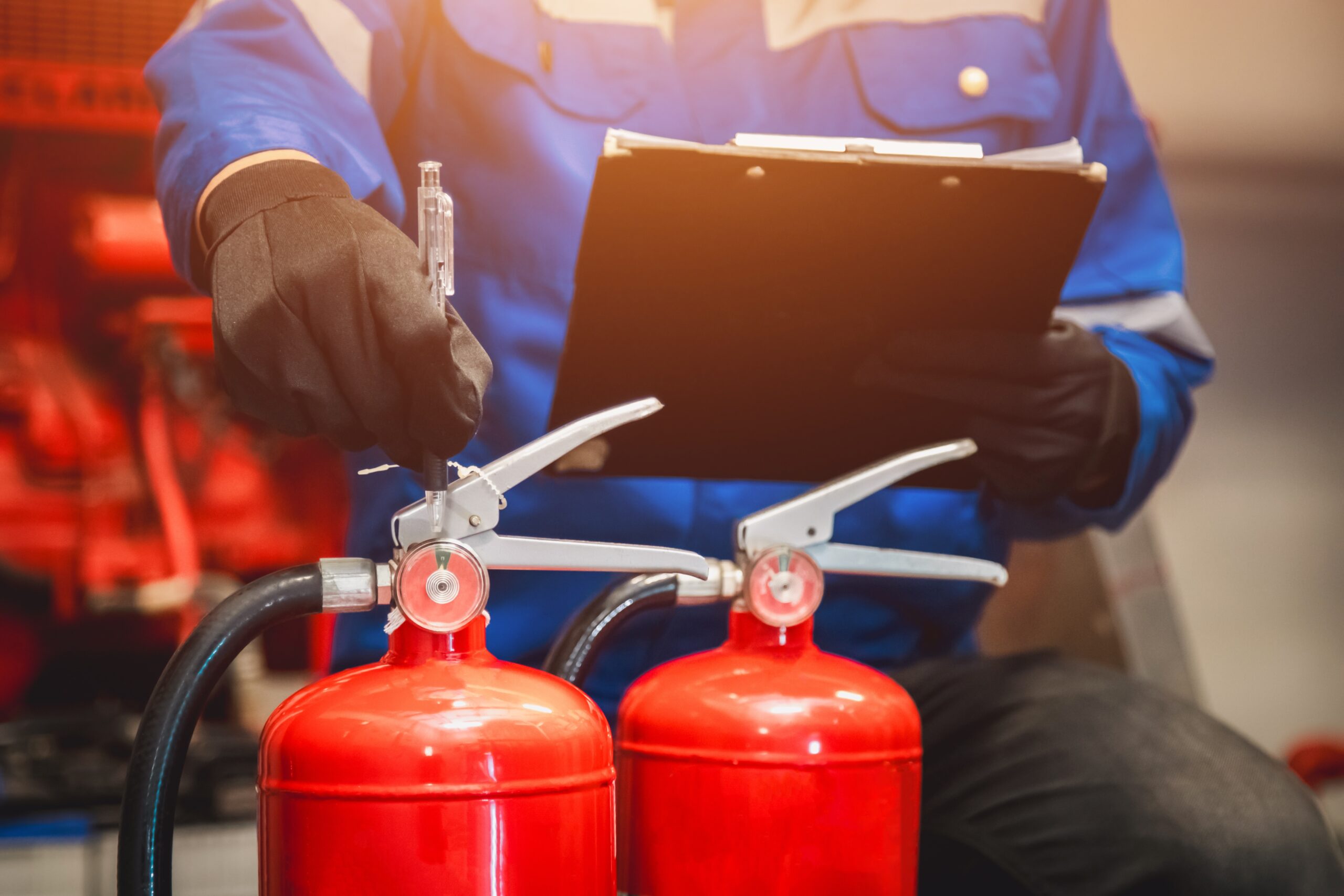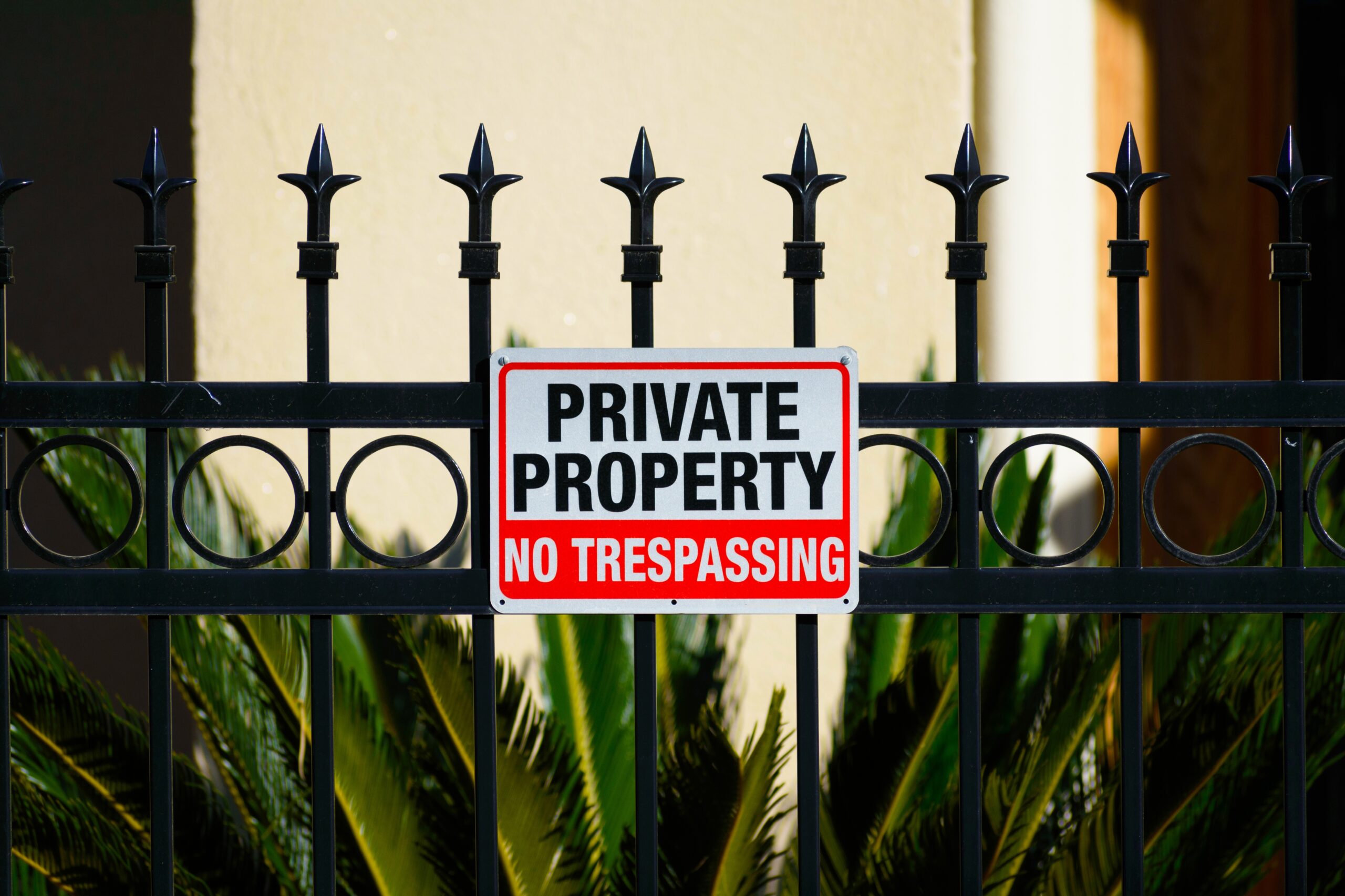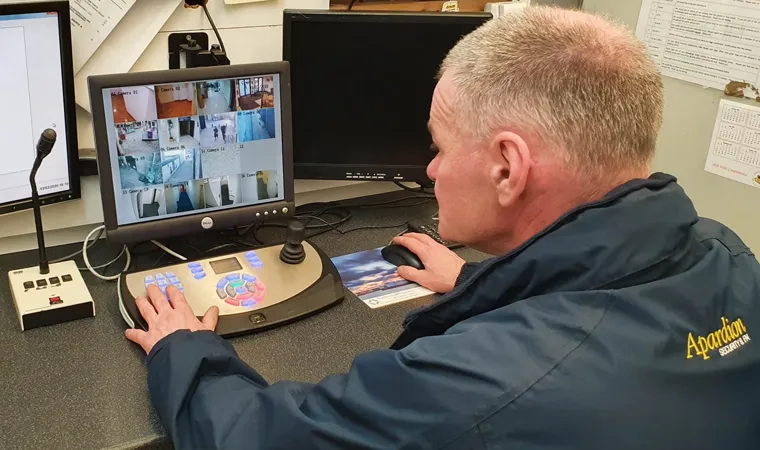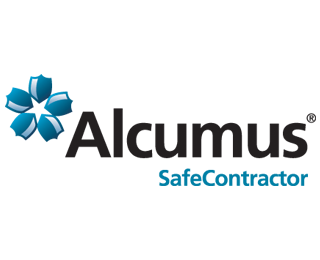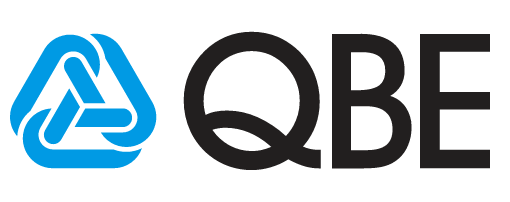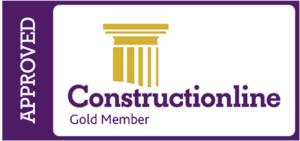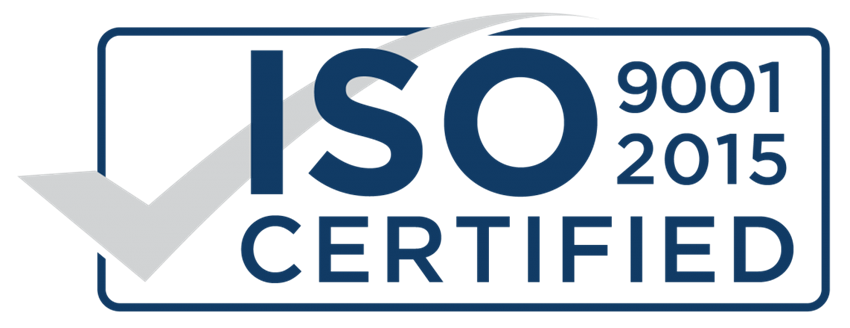What Is A Legionella Risk Assessment & Why Do You Need One?
Legionella bacteria can cause very serious health conditions such as Legionnaire’s Disease. The bacteria can grow in natural waters such as lakes and rivers, but in a commercial sense, it is widely found in water systems, particularly where the water temperature changes frequently. Most commonly, this will be water cooling systems used in industrial premises, but it can also be found in hot and cold water systems and spas in the leisure and hospitality industry.
Why do we need to carry out a legionella risk assessment?
If the human body is infected by the legionella bacteria, this can become a severe form of pneumonia, whereby the air sacs in the lungs are inflamed and you experience respiratory issues. Other symptoms include headaches, muscle aches, fever, chills and gastric problems. These symptoms tend to manifest themselves within 2-10 days of infection and in extreme cases can be fatal.
Given the right environmental conditions in a commercial water system, this can become a breeding ground for the bacteria and legionella growth can be rapid. Where a system is recirculated, this produces breathable water droplets transported in the air, and this spread is maximised where the water temperature is between 20°C-45°C. This breeding is also accelerated where water is stagnated, where the water quality is poor, where the temperature is up and down, where scale and sediment exists and where the water pH fluctuates.
It can be very challenging to maintain a water system to avoid all these parameters and conditions, hence we need to carry out a periodical legionella risk assessment to manage the system.
What is a legionella risk assessment?
First and foremost, a legionella risk assessment is a legal requirement under the Health & Safety at Work Act 1974, and building managers and landlords have a duty of care to the people occupying their buildings to undertake one.
A legionella risk assessment should be carried out by a person with both the competence and the authority to do so, this person becomes the ‘Legionella Responsible Person’ (LRP). Some organisations outsource this role to a water hygiene specialist or to facilities services providers such as Apardion, who thereafter take on the LRP role. The risk assessment then takes place as a recorded and formal review of the water system, with a view to analysing its suitability and identifying actions to improve the existing controls.
There is no recorded frequency for carrying out the risk assessment, but the Approved Code of Practice L8 states that you should review the risk assessment “when there is a reason to suspect it is no longer valid”. While this is very open-ended, it effectively means you should review it when there is a change in the buildings, operations, system, personnel or legislation, or when there has been a reported case of legionella bacteria being contracted.
What does the legionella risk assessment involve?
A legionella risk assessment should include:
- Review current records and establish whether previous recommendations have all been implemented, and if not, why not.
- Carry out a physical inspection of the hot and cold water systems
- Consult with all the parties involved in working with the water system to identify areas of concern
- Verify management procedures and paperwork are adequate and suitable
- Produce a ‘Written Scheme of Examination”, this is a report which assesses the risk level, describes the water system and assesses the suitability of the water system. This report should also identify additional areas of risk including the design and installation of valves, pipework insulation, dead legs and redundant pipework.
- Produce a “Water Management System” which includes all current and valid working procedures to cover periodic checks, microbiological dosing and monitoring (specialist chemicals used to kill off or control the breeding of the bacteria), temperature monitoring and system maintenance and periodic cleaning.
Expert help with your legionella risk assessment
At Apardion we can deploy resources to you to act as your legionella responsible person. This includes carrying out your risk assessment, making system recommendations, helping to implement these recommendations and then carrying out periodic checks and maintenance.
Where this specialist help is required we would advise that you outsource the responsibility to an organisation with the technical skills and the available resources. This gives you peace of mind that you have satisfied compliance and that your water systems are being adequately controlled, so if you need help and guidance with your legionella risk assessment and subsequent water management system, contact Apardion today.
